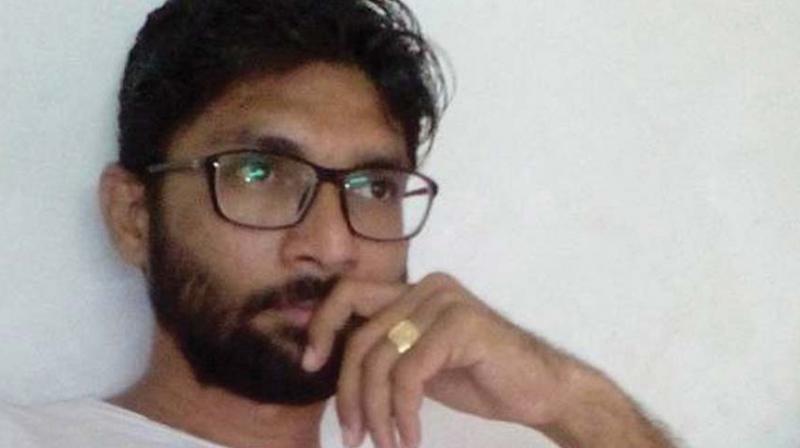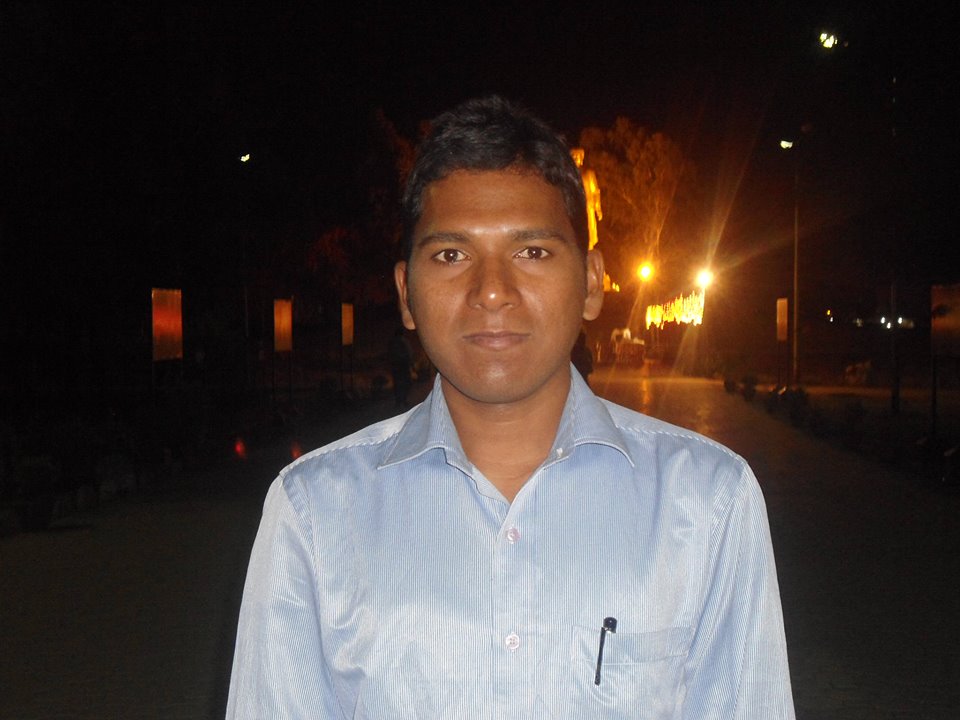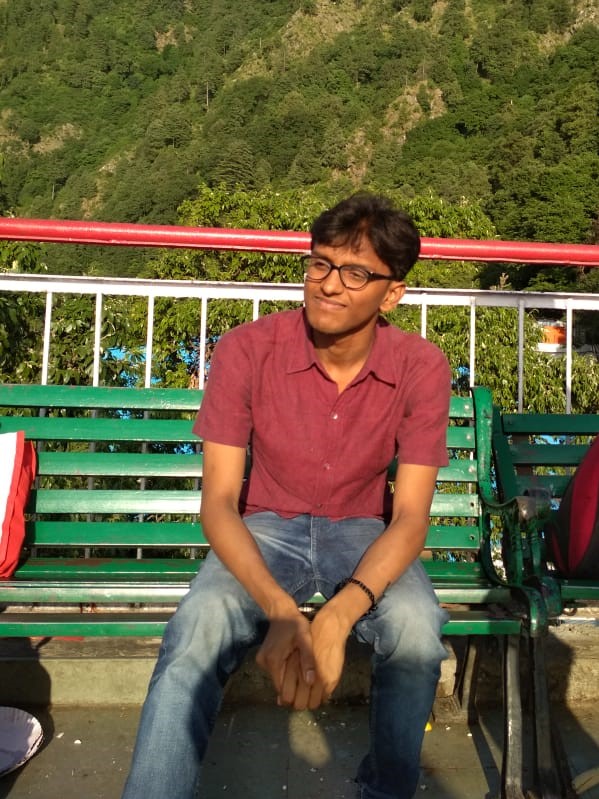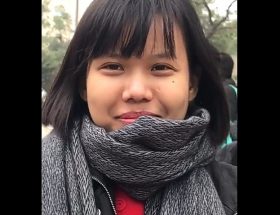K K Baburaj
‘Live dangerously’, told Nietzsche, one of the great counter-thinkers in the history of modern philosophy. KK Kochu, a well known Dalit writer and political activist from Kerala, in his collection of articles titled ‘Revolution and Culture’ published in the eighties, attempted to rewrite the slogan of Nietzsche as ‘act dangerously’. Such rewritings and reconstructions were not the only activities that happened during that period. It has witnessed various movements of Adivasis, Dalits and backward communities and women, farmers of small land holdings, unorganized labourers; who came forward and fought to claim their identities. This can be considered as a part of an advancement of the formation of a new political community in India by bringing the marginalised people together.

These facts points to an important incident in the history of the nation, a phenomenon of historical cessation, a detachment from the existing praxis and thoughts to propel a new political advancement. The subaltern intellectuals like WEB Dubois, B R Ambedkar, Sreenarayana Guru, Iyothi Das, James Baldwin, and Alice Walker worked and thought only for their own communities is a distorted reading of their legacy. Along with their thoughts on reformation of their communities, they also brought a new discourse of modernity and civilization to the world and people . It was this double responsibility that makes their struggles and contributions remarkable and it made them detached from what we call the ‘common’. “I am not part of the whole, I am a part apart” was what Ambedkar described about himself to the leaders of national movement, in disagreement with the so called common propositions.
Detachment or cessation is a call for freedom that goes beyond the status of being a rebel (I am not trying to write off that position completely). This process of breaking away carries the thirst for knowledge, a readiness to accept co- existence and diversity and a democratic way of life.
We have many leaders and intellectuals from the upper castes and subaltern-minority communities who hold on to their traditions. We would better understand them as traditional organisations, leaderships or intellectuals. But intellectuals and organisations that stay apart, to be considered as genuine agencies of change, are those who force to reform their communities and social organisations with an uncompromising vision of co-existence and diversity.
Recently two incidents have challenged the supremacy of Hindutva rule over the nation. The first was the protest that broke out all over the country after the institutional murder of the research student Rohith Vemula at his hostel room on January 17, 2016 in Hyderabad University. Next were the protests that shook the nation was in the wake of beating of four Dalit youths in Una by Hindu cow vigilantes. Both without a doubt have deeply influenced Dalit communities in particular along with democrats from other communities. Series of unrest that had followed these two events had drawn international attention and reactions. Focusing on Rohith’s institutional murder and Una protests as issues that directly affected the Hindutva-rule, my attempt here is to find how these incidents are different from mainstream readings.
Manifesto of Subaltern Youths in the Current World of Mixing
Everyone took the suicide of Rohith Vemula as an institutional murder. During that period there were continuous reports of suicide of Dalit students in higher educational institutions like IIT due to racial harassment and caste discrimination. Many people in the field of education as well as student organisations like Ambedkar Students Association (ASA) have given warnings about such social deaths and raised certain suggestions to overcome this but the current or former governments refused to listen or take any action.
We can observe that it is not the compassion towards a victim of institutional murder that shook the conscience of the people of India and abroad, that led placing of the Hindutva government as enemy of the people. It is the political awakening that reflected in Vemula’s final letter and the ethical questions it raised that stirred the conscience of the people against the government.
Now a collection of Rohith Vemula’s Facebook notes titled ‘Caste is Not a Rumour’, edited by journalist Nikhila Henry, is available for wider readership. Vemula’s thoughts reflects the political manifesto of contemporary subaltern youths, and not just some independent and original views of a youth who cherished great political aspirations.
B R Ambedkar has clarified that Marxian utopia or any religio-centric autocratic formation will not help the empowerment of women and the marginalised. Rohith Vemula upholds this view and disagrees with all kinds of totalitarianism while supporting freedom of belief. He has deep conflicts with the existing system which restricts an individual’s only worth to his ‘immediate identity’ or its extension or to a vote or a number and this, he believes, fails to recognise the yearning for freedom of an individual.
He rejects the conventional secular views on Muslims and extends deep intimacy towards them, realising well the political logic of the ‘othering’ of the Muslim community. This is a break from the conventional Dalit approach. If we observe through his social lens, his death cannot be counted as one among the many institutional murders that has taken place in India but a historical sacrifice of extraordinary nature that imagined a new dawn of democracy. He was working in the society so dangerously to reconstitute it and so the Bahujan politics of future will remember him as a public figure having high ideals of liberation.
Rohith was a brilliant student of modern science and secured two scholarships of international standard. It was after resigning from the left student movement ( SFI) that he joined Ambedkarite Student Association.
Dalit activists in Andhra Pradesh have started realising that it was their community who have been severely damaged and wounded by the militaristic politics of traditional and radical Marxists, and the atrocities committed by the state administration. Nikhila Henry’s interview with Dalit feminist Gogu Shyamala explains this situation in detail. Furthermore, the conflict between Mala-Madiga sub-castes badly affected the empowerment of Dalit community. In 1992, ASA was formed by a group of students against the insensitivity of the state as well as Marxist organisations towards the pressing issues of Dalits . And they were equally distanced from the subcaste narrowness to build a platform to raise their genuine issues. Rohith Vemula who always had a deep social concern and serious approach towards freedom naturally became part of that organisation.
Historical importance of the ASA is their timely acknowledgement of the possibility of ‘hybridity’, a social mixing which could effectively destroy the self-rule of caste system and its cultural continuity. Thus it became a wider platform that accommodates all marginalised people politically, along with minorities and progressive forces among the upper caste students.
Left-liberal organisations as part of protecting their ‘class-purity’ labelled Dalit-minority organisations as existentially closed groups. Majority of the left groups claims that they are progressive but in essence their ideology is imbued with problem of scientific racism. Dalit students of acclaimed universities like JNU, who survived the accusations of being labelled as advocates of ‘identity politics’ boldly formulated new platforms and protests . It was such decisions of detachment, such attempts to reconstruct our campuses that differentiates the presence of Bahujan student movements in post Mandal-Masjid era.
Challenging the Supremacy of Cow Nationalism
Call for sacred-cow has always been a prime weapon of those people who wanted Indian society to trail backwards or to make it stagnant. The Hindus of India worship several animals, reptiles, fishes and birds. But the prominence endowed on cow is due to its direct representation linked to Aryan invasion and the concept of sacredness of Brahmins. In Europe collective conscience of the people who were hand-cuffed to religion that the priesthood netted its power over the kingdoms. Similarly, in India, cow worship has been a weapon of mythology to impose and establish Brahmins glory over all the non-Brahmin dynasties that existed.
When Brahmin priests refused to administer the rituals of coronation of Shivaji, who was a non-Brahmin Maratha king, he had to offer a huge bribe to make them agree his rule. But at the critical moment of ceremony the Brahmin priest stepped back from his promise and kept the purity of his caste. Hiranya Garbha was a ritual to ‘purify’ the non-Brahmin kings of Kerala. So, presence of cow is a medium to declare and establish the greatness of Brahmins and their hierarchical position of purity over all communities. This is how cow’s milk, urine and dung have found a place of reverence in Indian history.
In other words the prominence cow worship gets over others is due to the unquestioned caste supremacy that Brahmins are allowed to enjoy here. Leaders of the Indian national movement like Gandhi refused to differentiate reality from myth and gave undeserving prominence for cow-worship and had indirectly welcomed the continuation of racist supremacy of Brahmanism it symbolised.
Secular governments of Indian National Congress which ruled India for several decades after independence never tried, nor even attempted to address Brahmanical racism veiled in cow-worship. The various regional state governments also did not move a finger against this politics of cow worship. A flood of TV serials and other programmes through national popular culture also helped re-establish cow as a cultural symbol. Thus the symbol of cow developed on the lines of Bhakti is used as a collective conscience against ‘others’ and transformed it as a violent tool of political agenda by the forces of Hindutva.
‘Dalit Swabhiman’ movement led by Jignesh Mevani in Gujarat which refuses to accept the positional hierarchy of cow and the denial of doing menial jobs based on heredity has a continuity of social revolution. We must recollect here that when Ambedkar appealed people to shed caste-based jobs, it was not a call for Dalits alone. It was a call for Brahmins who have been doing pujas traditionally, Banias who have been into traditional businesses, white collar employees who nurture only their brains, to shed their professions and get away from stagnating the society. When Dalits take a pledge to stop doing traditional jobs, the upper castes also should realise that the traditional jobs they practice also are decadent. It is lack of this social awareness that stops many people in recognising the importance of Una movement from a social revolutionary point of view and instead narrowly defining it as a movement of Dalit left unity.
Social Conference movement started by M.G. Ranade during the colonial times was aimed for the reformation of upper castes but had a concern over the state of lower castes. But the radical politics of B.G. Tilak violently suppressed the agenda of Social Conference and widened the gap between the lower castes and national movement. Similarly the traditional-radical Left movements who stubbornly stuck to their organisational as well as ideological rigidity always viewed social revolutions as part of tactics and never rendered any value beyond that.
It is a fact that Hindutva ascension to power in India is backed by the growth of monopoly capitalists, mass reaching propaganda backed by corporate, developmental programmes in considerate to lower strata of society, and militant bureaucracy. But we cannot deny the fact that the continuation of the policies adopted by the secular governments at centre and the public acceptance it received for that, and the overwhelming support of the middle class were also factors that worked them to come to power.
Dalit movement under the leadership of Jignesh Mevani brought at least three important things in to the public space. First could be the fact that only in such protests or movements that hold the stream of social revolution of India can draw the participation of most depressed communities and marginalised people in large numbers.
Another fact is that the developmental works carried out by the dominant forces, including Hindutva, selectively excluded certain communities and social categories. For example, when the Gujarat government distributed 12 lakh acres of land to nearly 55000 families of Patel community in Sourashtra-Kutch region they did not give any land for the landless Dalits and Muslim families. The important factor about his movement could be the revival of Dalit-Muslim unity from history which inflicted a crack on the lunatic Hindutva which is founded on religious oppression and the ‘othering’ of Muslims in India.
‘Noble Fault’ of Prakash Karat and Kanhaiya Kumar’s Correction
During the ongoing protest on Rohith Vemula’s death, there was another incident happened around the public commemoration of Afsal Guru which was intervened by the state administration in JNU. The slogan born out of this incident was ‘Neel Salam-Lal Salam’. It became transformed into ‘Lal Salam-Neel Salam’ later . It is sure that it is going to be only ‘Lal Salam’ in future. There were even philosophical prophesies from a section of traditional Indian intellectual on JNU movement that says that they are capable of resisting fascism and the future of Indian democracy will be safe in their hands.
Jignesh Mevani shared some platforms with the orthodox leftists and also shared a view that along with Ambedkarism he holds on to Socialism as his ideology. This statement gives relief to some people who think that they can save and liberate Dalits from the ‘crutches of identity politics’ and bring them to Left organisations, which are their indispensable safe havens. At the same time Prakash Karat’s views on whether BJP is a fascist party or not became a ‘noble fault’ and Kanhaiya Kumar not only corrected him but advised him to go and live at some places like New York. These three interactions, which were initiated and carried out by the Left parties is more than a farce but exterminate certain facts and entertain fascism through the backyard.
Kanhaiya Kumar believes that the centre of political changes in India is entrusted on conventional left parties. Another JNU student leader Umar Khalid considers non-parliamentary radical Marxism or Maoism as the in the same place. If we set aside the ideological blindness, nothing substantial is in their words. We should find how this slogan Lal Salam- Neel Salam, which is equally acceptable to conventional Marxists, upper caste radical Maoists and connoisseurs of liberal views, cunningly expel certain sections of people from our society.
In 1950, at Café Parade, Mumbai, Dr. B R Ambedkar gave an interview to Mulk Raj Anand. In that discussion Ambedkar talked about the fight he had had with the Hindu fundamentalists during the time when drafted the constitution. He confessed about his affinity toward Buddhism in that interview.
Dr Ambedkar appealed the Indian people to continue their protests to expand the concept of social justice and the democratic institutions in India while they extent their beliefs in the existing government. He reiterated that a government which has a prominent presence of Socialists should be established. For this he considers the unity of Adivasis, Dalits, Backward classes, Muslim community and the social category of people like poor farmers and workers. ”Upper caste Hindus consider Muslims as outcastes; majority of Muslims, except a few are landless”, he told.
If we look at it closely what Ambedkar advocates is ‘co-existence of diversity’, which is a new and evolved project than the nationalist view of ‘unity in diversity’. In 1970s the formation of Dalit organisations was based on this project. They brought forward a concept of unifying 85% of Indian populace while continuing their fight against Brahmanism and capitalism. Kanshi Ram movement during mid-80s with the concept of ‘Bahujan’ aimed to bring a social system of ‘co-existence of diversity’. We should remember that the aforesaid movements took place when the government expelled subaltern people from economy, power and positions in the society. Emergency, anti muslim riots and Dalit-Muslim massacres also ignited the need for unity. In short when the slogan Neel Salaam represents diversities and Dalit-backward- minority subjectivities, slogan ‘Lal Salaam’ has not gone beyond class based totalitarianism and party dictatorship. That is why Laal Salaam- Neel Salaam is a slogan of appropriation to protect elite strands of Marxism through the backdoor.
I don’t find it wrong for Jignesh Mevani sharing platforms with conventional Left organizations or taking part in protests with them. But, can this conventional-radical Marxists be considered as the followers of socialism, is an important question to ponder. Communists in general consider social revolution, reformation, radical democracy etc. as tactical steps. Their approach towards socialism is also same. That is why in Tripura, Bengal and Kerala where established communist parties were in power, while the upper castes progressed to heights phenomenally, the marginalised remained socially backward. In regions where Maoists have strong roots the social mobility of Dalits and Adivasis are severely getting crumbled. It is true that there are socialists and Dalits among the established and radical Marxists. But in their ideology and party hierarchy there is no socialism and no place for the marginalized. Along with Jignesh Mevani, this fact has become clear to everyone.
Translated from Malayalam by J M Jayachandran
~~~
K K Baburaj is a writer, social critic and Dalit activist based in Kerala.
Picture courtesy: the internet










